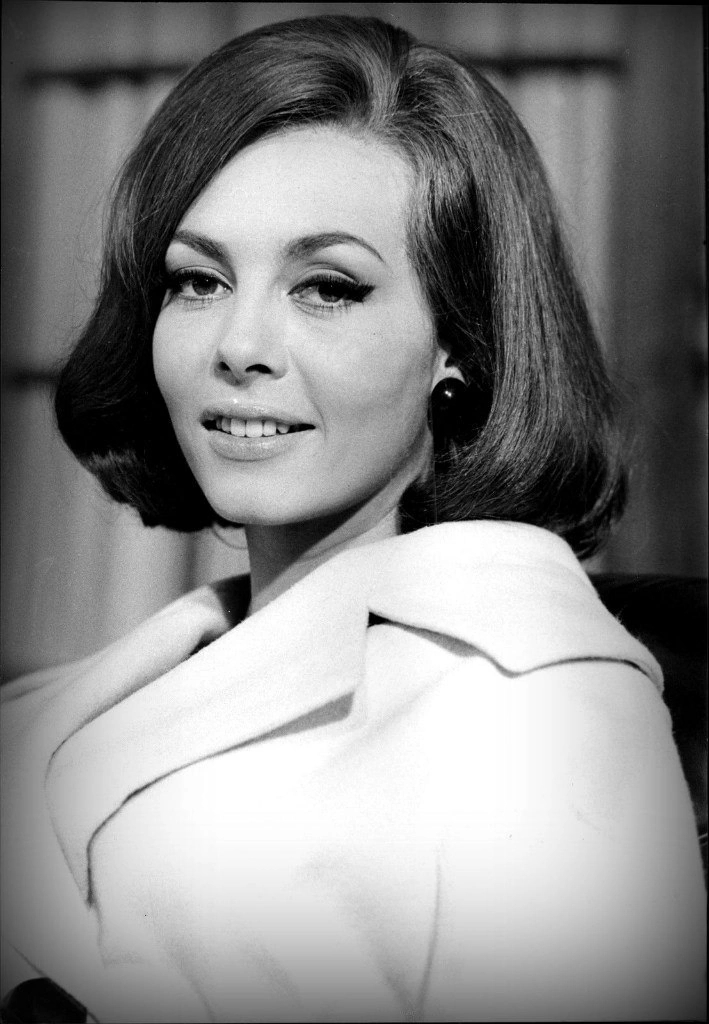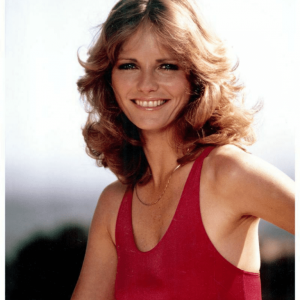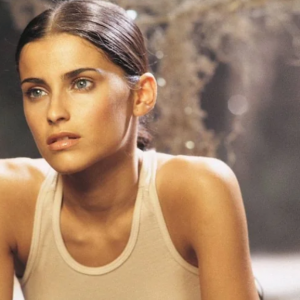The 1960s brought us a constellation of unforgettable faces, but few burned as brightly as Michèle Mercier. With her blend of delicate grace and magnetic sensuality, she became more than a movie star—she became a cultural phenomenon. Audiences didn’t just watch her; they adored her. Through her legendary role in a sweeping historical-romantic saga, she became one of Europe’s most admired cinematic icons and a symbol of feminine strength and allure.
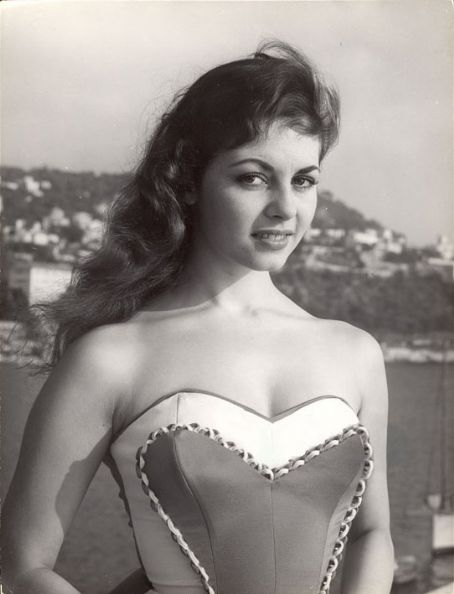
Early Life and Ballet Dreams
Born Jocelyne Yvonne Renée Mercier on January 1, 1939, in Nice, France, Michèle grew up surrounded by Mediterranean beauty and Italian warmth from her mother’s side. Her parents hoped she’d follow a conventional path, but her heart was already dancing to another rhythm—literally. She fell in love with ballet, training rigorously until she joined the prestigious corps de ballet at the Paris Opera.
Yet even as she excelled as a dancer, the stage lights couldn’t fully contain her ambitions. The young performer longed for the camera’s gaze and the storytelling power of cinema. That spark led her to acting—an art form where she could blend movement, emotion, and expression in ways that ballet never allowed.
Video : A Tribute to MICHÈLE MERCIER
A personal tragedy also shaped her journey. After the death of her younger sister, also named Michèle, Jocelyne adopted “Michèle” as her stage name in her memory. Every performance that followed carried that tribute—a piece of her heart immortalized on screen.
First Steps Into Cinema
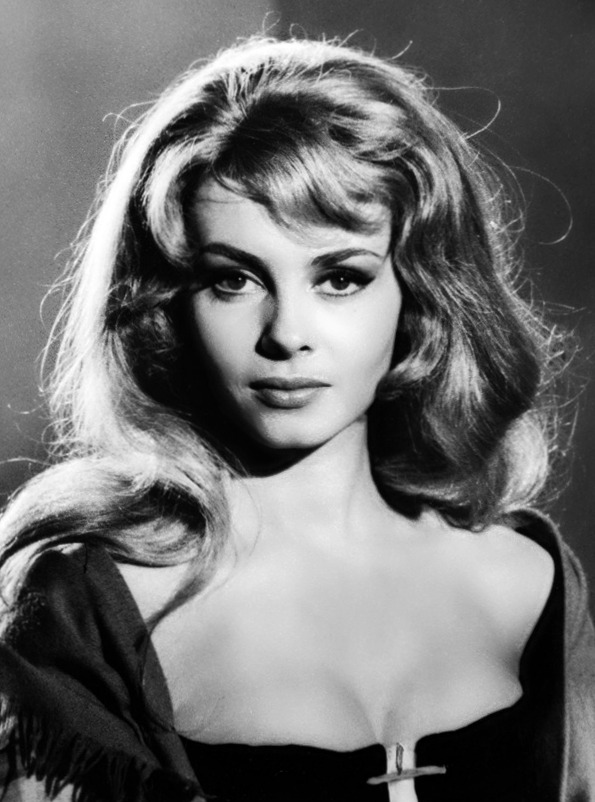
Michèle Mercier’s early acting career began in the late 1950s, where she took on modest roles in French cinema. Her early films, including Retour de manivelle (1957) and François Truffaut’s Shoot the Piano Player (1960), gave glimpses of her emerging talent. Her expressive eyes and natural poise made her impossible to ignore.
Italy soon beckoned, offering her a chance to expand her range. There, she starred in romantic comedies, dramas, and thrillers, each performance sharpening her craft and widening her appeal. By the early 1960s, Michèle was a familiar face across Europe, starring alongside respected names like Jean Gabin and Robert Hossein.
But fate had something extraordinary in store—a role that would make her an international sensation and define her legacy forever.
The Angelique Phenomenon
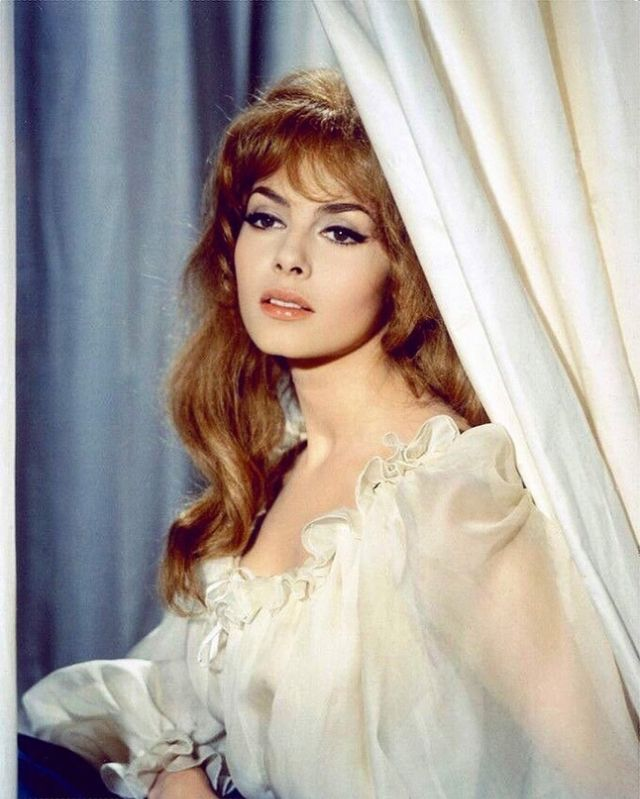
In 1964, Michèle Mercier stepped into the role of Angélique, Marquise des Anges, in Bernard Borderie’s film adaptation of Anne and Serge Golon’s bestselling novels. It was a part that many actresses turned down—including Brigitte Bardot, who reportedly called the character “too plain.” Mercier saw the potential immediately. And once she took on the role, she transformed Angélique into one of cinema’s most unforgettable heroines.
Angélique, Marquise des Anges was an instant hit. Audiences were spellbound by Mercier’s performance—a blend of sensuality, intelligence, and emotional fire. She portrayed Angélique not merely as a beauty swept up in romance but as a resilient woman fighting for love, justice, and survival in a man’s world.
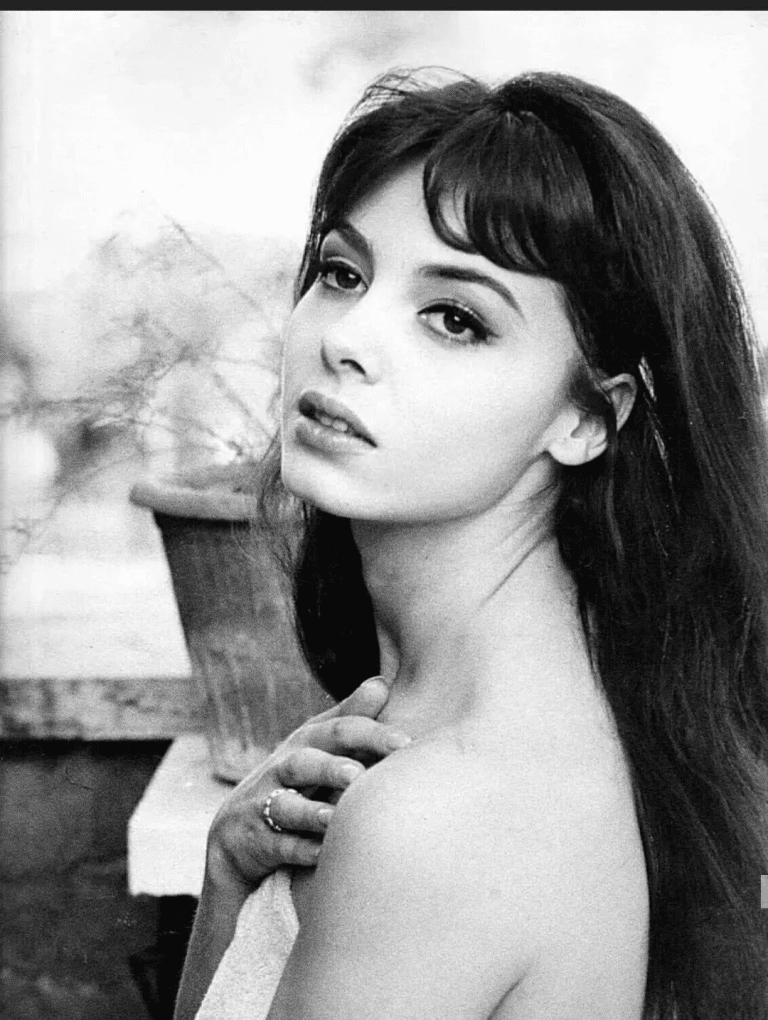
The film’s success spawned four sequels: Angélique: The Road to Versailles, Untamed Angelique, Angélique and the King, and Untouchable Angelique. Each installment drew millions of viewers, turning Michèle into a household name from Paris to Tokyo. With her cascading curls, captivating smile, and fierce confidence, she embodied the perfect balance between vulnerability and strength.
Beyond the Marquise: Challenges and Reinvention
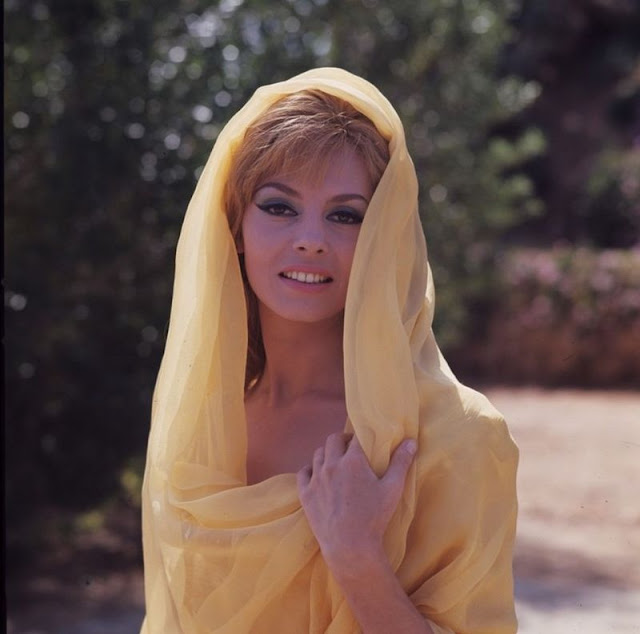
Ironically, the success that made Michèle Mercier a legend also became her greatest obstacle. The Angelique films were so iconic that directors struggled to imagine her as anyone else. She found herself typecast—a common fate for stars who shine too brightly in one role.
Still, Michèle refused to fade into the background. She explored diverse projects, appearing in A Golden Widow (1969), where she collaborated with Serge Gainsbourg, and in international productions that showcased her adaptability. Hollywood expressed interest, but promises of stardom there often led to frustration and unmet expectations.
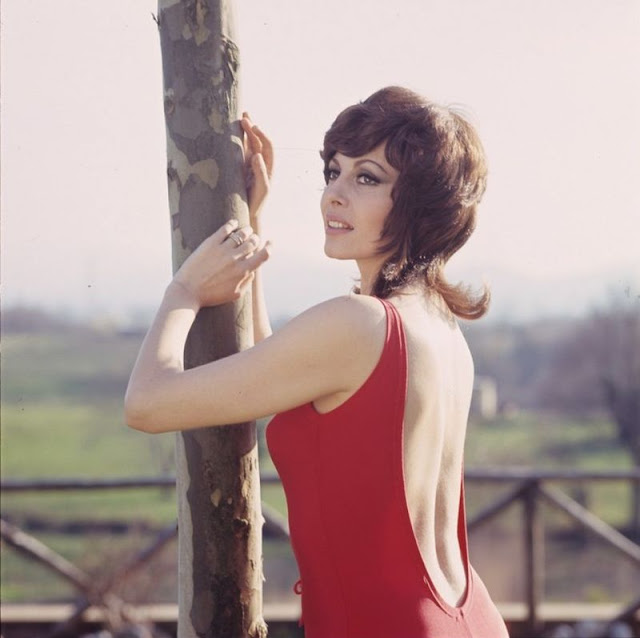
Her personal life mirrored her professional challenges—filled with moments of passion, heartbreak, and resilience. Failed marriages and fleeting romances tested her spirit, yet she always managed to rise with grace and dignity.
Stage, Writing, and New Horizons
Video : Michele Mercier, the most beautiful woman in the world
As the 1970s and 1980s unfolded, Michèle Mercier embraced change once more. She returned to her theatrical roots, finding fresh energy on the stage. Theater offered her the creative freedom that film sometimes denied—a space to express vulnerability and strength without the burden of expectation.
She also turned to writing, penning memoirs that revealed the woman behind the legend. In I Am Not Angélique, she candidly discussed the joys and challenges of fame, as well as her desire to be seen beyond her most famous role. Her words painted a portrait of an artist who refused to be defined by one chapter of her story.
Later Years and Quiet Strength
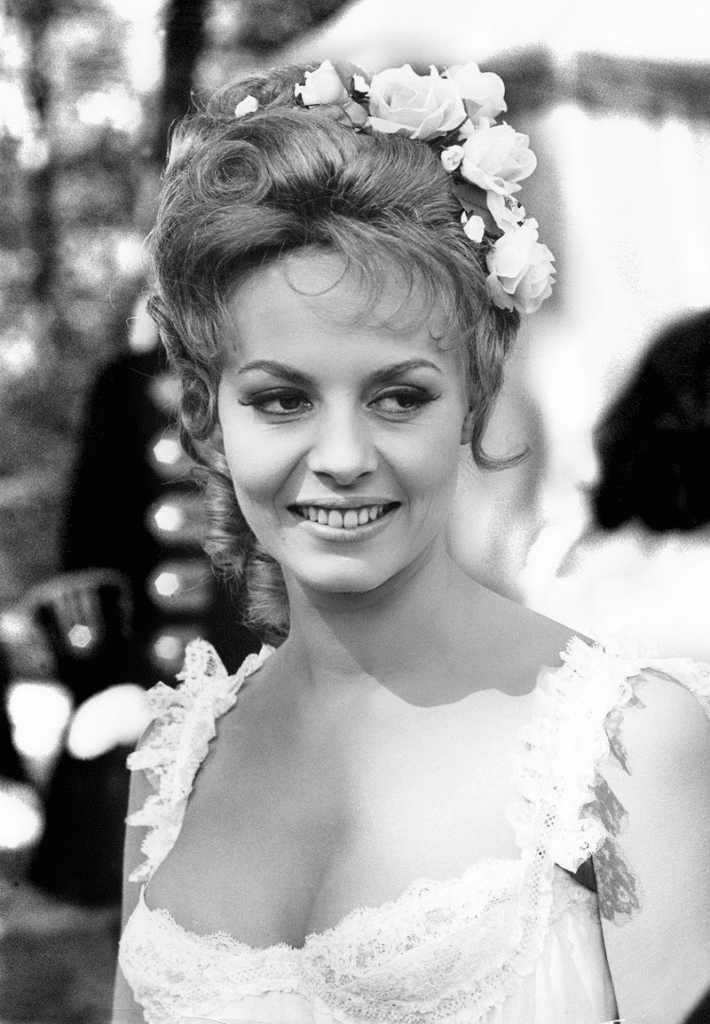
In her later years, Michèle chose a quieter life in Paris, where she became a mentor to aspiring actors and actresses. Despite financial hardships and personal losses, she faced each challenge with the same courage that once defined Angélique.
Even as the spotlight dimmed, she continued to make selective public appearances, her elegance and charm undiminished. At 86 in 2025, Michèle Mercier remains an icon—not just for her beauty, but for her endurance, grace, and humanity.
Why Michèle Mercier Still Captivates Us
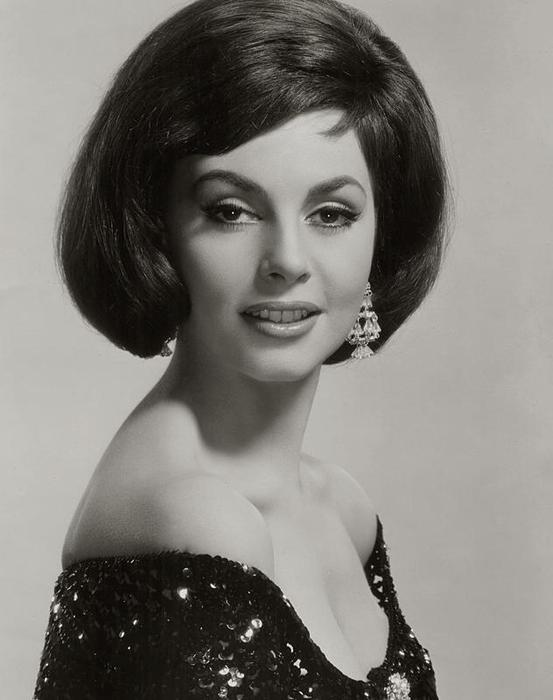
Why does Michèle Mercier continue to fascinate audiences decades later? Because she represented something timeless: a woman who lived passionately, fought fearlessly, and embraced life’s contradictions. Through Angélique, she gave the world a heroine who was both sensual and strong, romantic yet fiercely independent.
Her legacy is more than a cinematic one—it’s emotional and cultural. She helped redefine how women were portrayed in film, paving the way for characters who were not just objects of desire but agents of their own destiny.
Conclusion: The Eternal Flame of Michèle Mercier
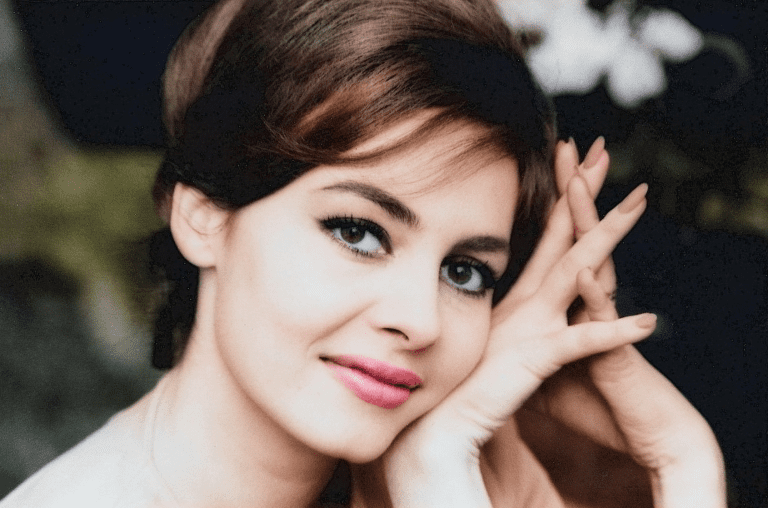
Michèle Mercier’s journey—from a ballet prodigy in Nice to an international film legend—is a story of talent, courage, and reinvention. The Angélique saga may have given her fame, but her enduring spirit gave her immortality.
She remains the embodiment of European cinema’s golden era: bold, beautiful, and unapologetically human. Decades later, her films still enchant, her performances still resonate, and her name still evokes admiration.
Michèle Mercier didn’t just act—she lived her art. And in doing so, she became an eternal flame in the heart of cinema, glowing with the same warmth, beauty, and strength that first captivated the world.
